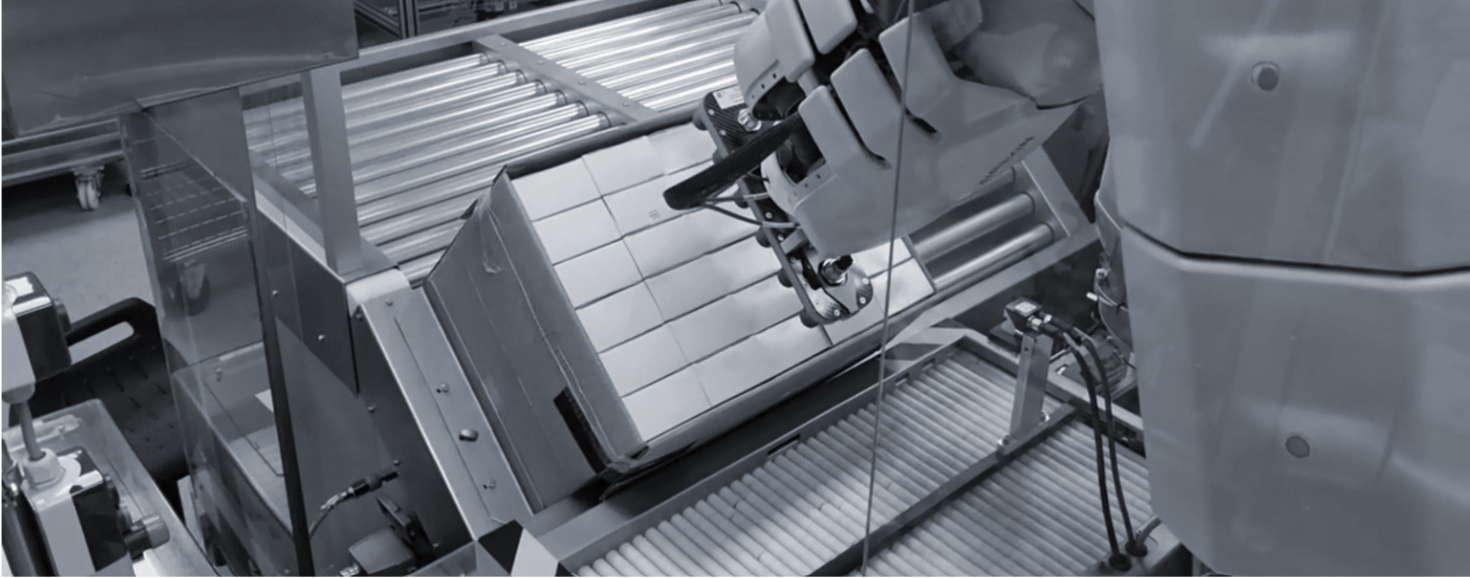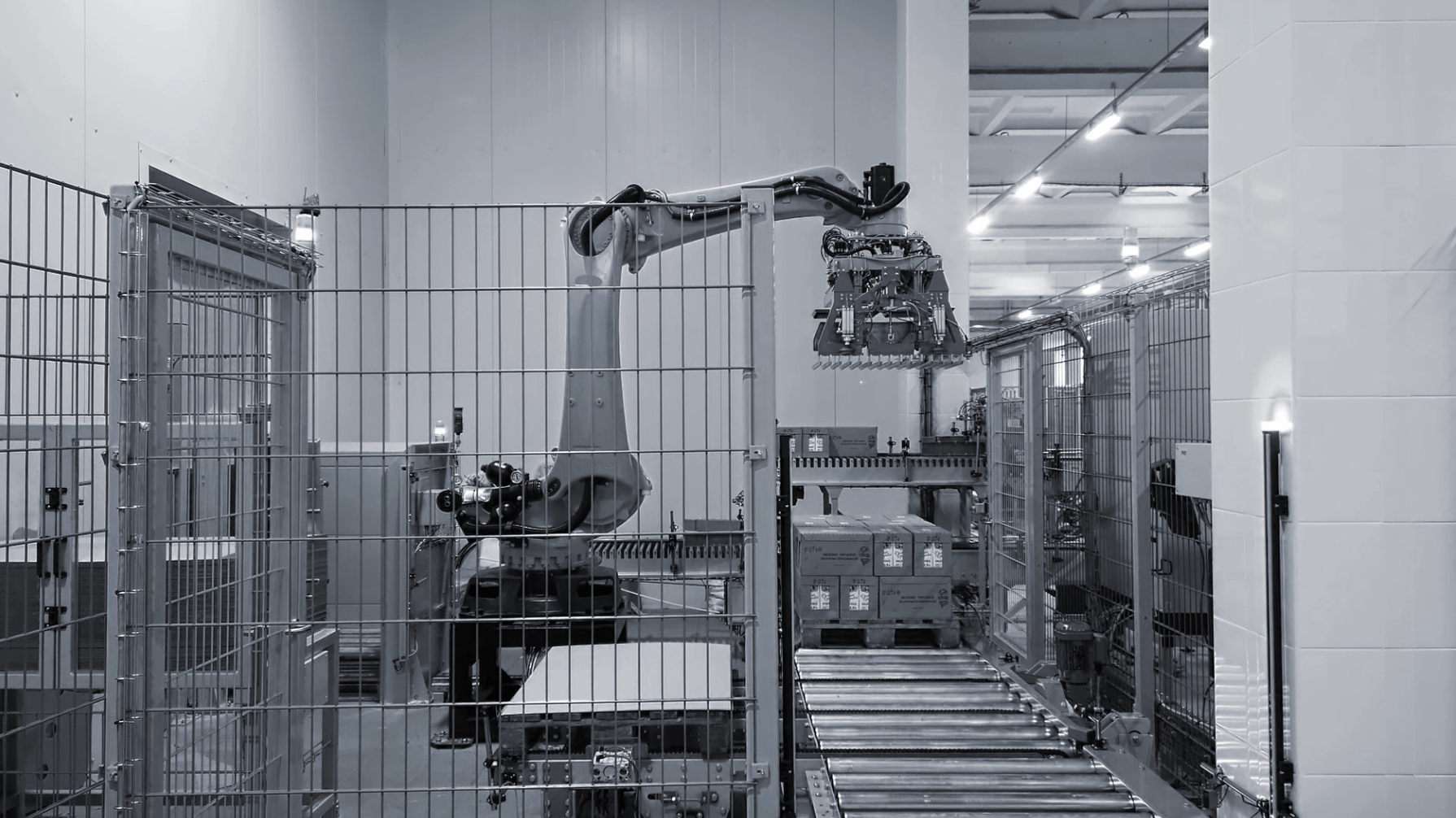Robot vs. cobot: De basis.
Robots en cobots of ‘collaboratieve robots’ – verschillen in de manier hoe ze impact kunnen veroorzaken op de mens of randapparatuur – cobots hebben meer geavanceerde ingewerkte veiligheidsfuncties. Robots hangen af van externe veiligheidsmaatregelen.
Traditionele robots werken volledig autonoom in een afgebakende, gecontroleerde omgeving. Cobots daarentegen werken juist samen met mensen en delen taken door.
Cobots gebruiken geavanceerde veiligheidsfuncties zoals krachtbegrenzende sensoren en een lichtgewicht ontwerp, zodat het risico op letsel minimaal blijft. Robots worden veeleer afgeschermd door hekwerk, en optische veiligheidssensoren.
Cobots programmeer en configureer je meestal eenvoudiger – vaak door hun eenvoudiger takenpakket – waardoor ze zich snel aanpassen aan veranderlijke werkomgevingen.
Door bovenstaande eigenschappen passen cobots uitstekend bij werkzaamheden die menselijke handelingen of controle combineren met geautomatiseerde processen.
A list of pro’s and con’s
The characteristics of a cobot – used fully as a cobot – often, but not always include the following:
- Smaller footprint
- Easier installation and commissioning
- Slower
- Light tasks
- Non hazardous gripper (suction cups, force limited clamping, camera,..)
- Limited reach of cobotarm
- Lifecycle of 30.000 to 40.000 hours
The characteristics of a convetional robot – used fully as a conventional robot – often, but not always include the following:
- Larger footprint, guarding fences and safety lighting curtain around the robot with minimal distance between the fence/safety sensor and robot
- Fast
- Heavy and complex tasks
- No limitations to end-effector or gripper
- Larger reaches of robotarm possible
- Lifecycle of 80.000 to 100.000 hours

The traps
A frequently used safety measure is the safety area scanner, which detects the operator’s proximity and gradually forces the cobot to slow down. In that case, it may occur that the production loss due to prolonged proximity of the operator and consequently prolonged slow cobot speed becomes too great to be profitable.
A risk analysis for a conventional robot (whether a SCARA, 6-axis robot, 4-axis palletizing robot, or delta picker/flex picker) is generally more predictable, as typically, rule-of-thumb methods are used (e.g., safe base distance between robot and fencing or light curtain), and a safety margin can often be taken – to subsequently or during the project, if necessary, increase the height of the fencing or move it further away from the robot. This is, of course, not always the case: In the case of limited space in production, the same iterative method as with the cobot will have to be used to arrive at a reliable risk analysis.
While production is generally not interrupted when working alongside or with a cobot, it might be worth deploying a faster conventional robot, which generates a short production stop during the interaction. Cobots are excellent work partners for many applications; however, research, a clear understanding of application requirements, and collaboration with experienced integrators are essential for making informed decisions when choosing between cobots and conventional robot arms.
VEMECH as your robot or cobot integrator
Vemech guides you through the selection process between robot or cobot, between robot and cobot grippers and give you an insight of the characteristics of different robot and cobot brands.
